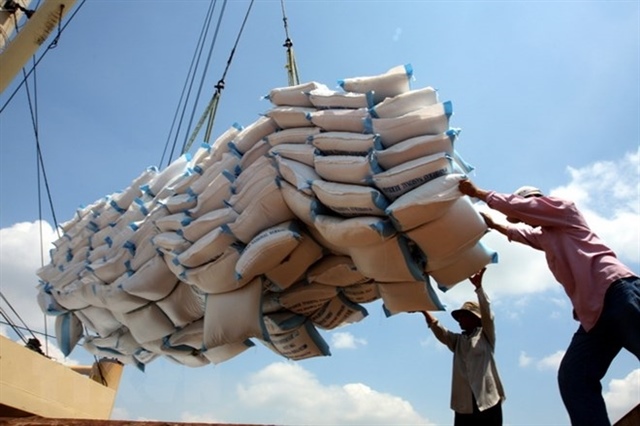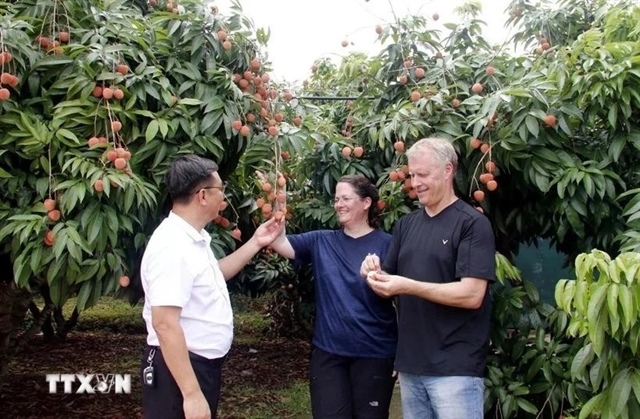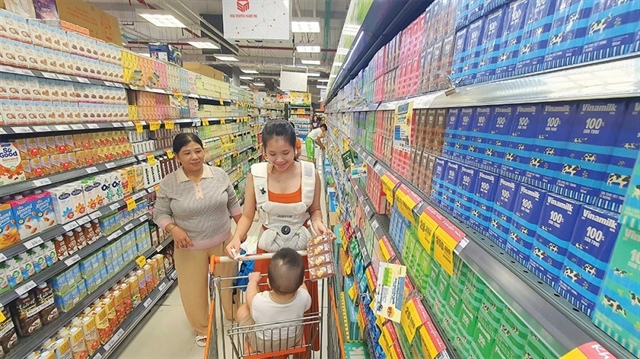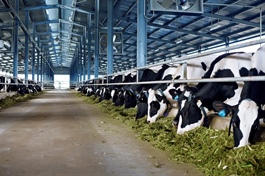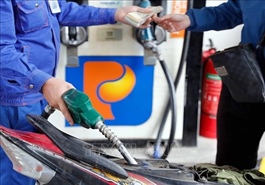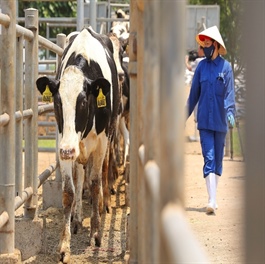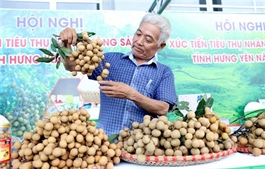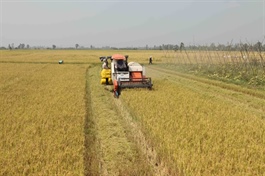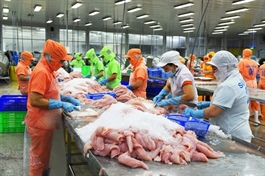Sugar rush turns sour for Việt Nam’s sweet industry
Sugar rush turns sour for Việt Nam’s sweet industry
The dual pressures of domestic oversupply and uncontrolled smuggling have stifled consumption, forcing prices down and directly squeezing profit margins for most industry players.
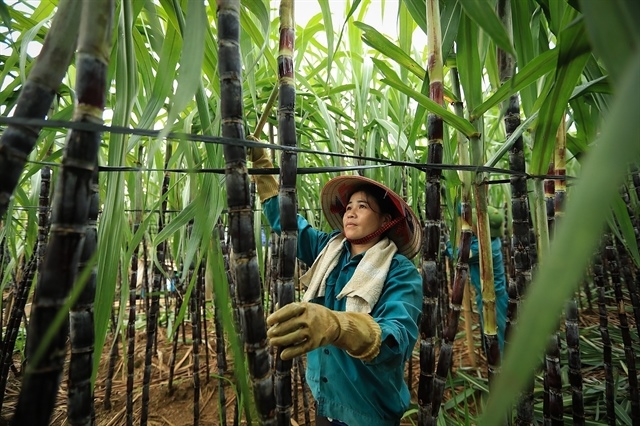
A farmer harvesting sugar canes at a farm in Cao Phong Commune, Phú Thọ Province. — VNA/VNS Photo |
Việt Nam’s sugar sector is under pressure as prices crumble to record lows in the region, leaving companies scrambling to stay afloat.
This slump, caused by oversupply and rampant smuggling, has led to steep profit declines for most companies in the sector, while stockpiles continue to grow.
Domestic sugar prices dropped from VNĐ19,300 per kilogram (US$0.73) at the start of 2025 to between VNĐ18,400 and 18,900 by mid-year.
This decline places Việt Nam’s sugar prices significantly below those of neighbouring countries such as the Philippines, Indonesia and China.
In contrast, global sugar prices have remained relatively stable.
The combined pressures of domestic oversupply and uncontrolled smuggling have suppressed consumption, driving prices down and directly squeezing profit margins for most industry players.
For example, Kon Tum Sugar JSC reported a staggering 82 per cent fall in net profit for the fourth quarter of the 2024-2025 fiscal year, totalling less than VNĐ4 billion.
Revenue also fell by 15 per cent to VNĐ101 billion, with gross profit margins shrinking from 25.3 per cent to 16.8 per cent.
Similarly, Son La Sugar JSC posted a net profit of VNĐ96.5 billion, a 59 per cent decrease compared to the same period last year, despite holding the highest gross profit margin in the industry at 27.8 per cent.
Both companies blame their difficulties on oversupply and smuggled sugar.
Notable exceptions
Despite the overall downturn, some companies have shown resilience.
Thanh Thanh Cong - Bien Hoa JSC saw a 28 per cent drop in revenue to VNĐ6.8 trillion, yet net profit increased by 4 per cent to VNĐ203 billion. This positive outcome resulted from significant reductions in selling and administrative costs.
Lasuco stands out with a remarkable 91 per cent increase in net profit to VNĐ58 billion, attributed to effective cost management and improved gross profit margins rising to 18.7 per cent.
Quang Ngai Sugar JSC, which operates on a calendar year basis, also faced substantial pressure.
Revenue in this segment fell by 23 per cent to below VNĐ1.69 trillion, while gross profit margins dropped from 31.7 per cent to 23.1 per cent.
The company’s consolidated net profit for the first half of 2025 decreased by 23 per cent to VNĐ938 billion.
Inventory issues, smuggling concerns
The slowdown in consumption has resulted in soaring inventories across the industry.
By the end of June 2025, Lasuco’s inventory surged by 56 per cent to nearly VNĐ1.7 trillion, Kon Tum Sugar’s inventory increased by 67 per cent to VNĐ252 billion, and Lam Son Sugar saw a 17 per cent rise in inventory to VNĐ511.5 billion.
Much of this stock comprises unsold finished products.
Quang Ngai Sugar reported that its inventory had nearly doubled compared to the beginning of the year, reaching nearly VNĐ2.6 trillion, with finished goods accounting for six times that value.
Industry experts and stakeholders agree that until smuggled sugar is effectively controlled, the influx of cheap, unregulated sugar will continue to disrupt the market.
Chairman of the Vietnam Sugarcane and Sugar Association (VSSA) Nguyễn Văn Lộc, has warned that without decisive measures to secure borders and address smuggling at its roots, any supportive policies and corporate efforts will have limited impact.
Moving forward, controlling smuggling is deemed crucial for stabilising the industry.
Companies are urged to optimise production costs, manage inventory closely, and explore new distribution channels to maintain operations amidst these challenges.
- 12:27 25/08/2025


